Electricity
Monitoring and measuring a.c.
a.c. is current which changes direction and instantaneous value with time. Peak or r.m.s. values can be calculated if the other is known. Frequency can be determined from graphical data.

Current, potential difference, power and resistance
Current, potential difference, power and resistance can be calculated to analyse circuits including potential dividers and Wheatstone bridges. Calculations may involve several steps.
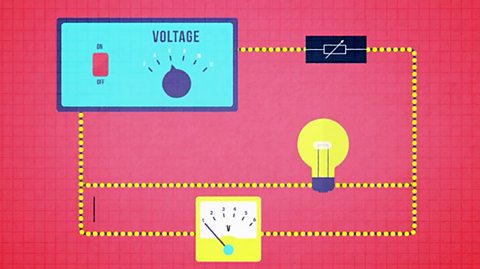
Electrical sources and internal resistance
Electromotive force is defined as energy per unit charge. Internal resistance provides an explanation for varying terminal potential difference under load.
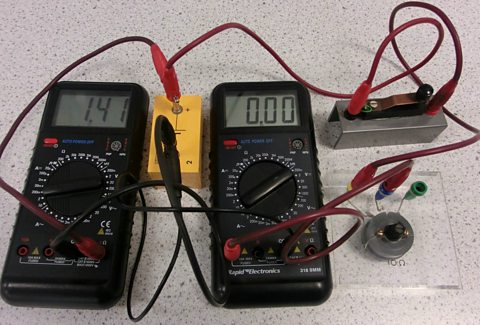
Capacitors
Capacitance and energy stored in a capacitor can be calculated or determined from a graph of charge against potential. Charge and discharge voltage and current graphs for capacitors.
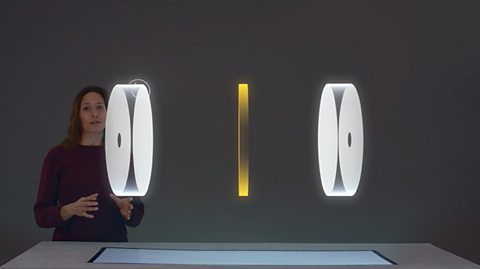
Conductors, semiconductors and insulators
Solids can be categorised into conductors, semiconductors or insulators by their ability to conduct electricity. Electron band theory explains differences in conduction.
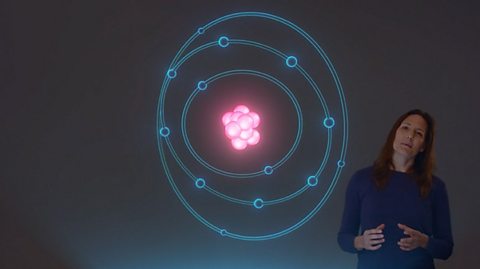
Semiconductors and p-n junctions
Semiconductors can be doped with other materials to become p-type or n-type. A p-n junction diode can be forward or reverse bias. LEDs are forward bias diodes that produce photons of light. Solar cells are p-n junctions that absorb photons, giving electrons enough energy to enter the conduction band.

Direct and alternating current. Video
An explanation of the difference between direct and alternating current.

Our dynamic universe
Motion - equations and graphs
The motion of objects can be analysed using equations and graphs. These tools allow other aspects of motion such as acceleration and displacement to be determined or modelled.

Forces, energy and power
Forces and the motion of objects can be determined using Newton's Laws of motion.

Collisions, explosions and impulse
Momentum, kinetic energy and impulse can be used to analyse collisions between objects such as vehicles or balls. Forces and the final velocity of objects can be determined.
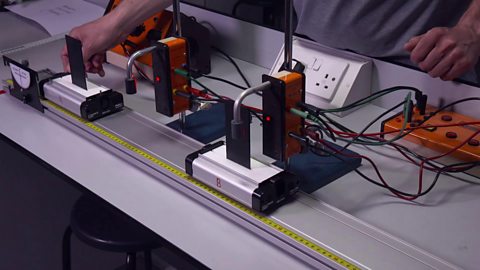
Gravitation
Projectile motion is analysed in terms of vertical and horizontal components. The gravitational force between objects depends on their mass and the distance between their centres.
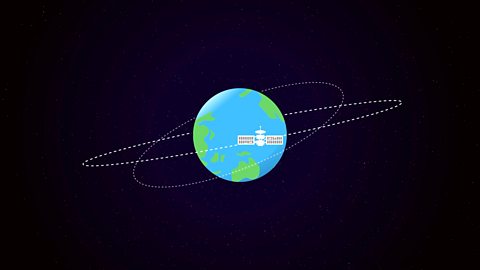
Special relativity
The speed of light is constant but length and time can change when objects travel at close to the speed of light. These changes depend on the relative motion of the observer and the object.
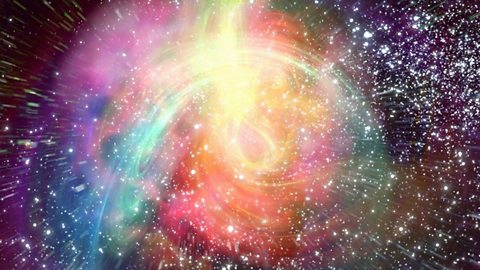
The expanding Universe
The Doppler effect causes shifts in wavelengths of sound and light. Cosmic microwave background radiation as evidence for the Big Bang and expansion of the Universe.
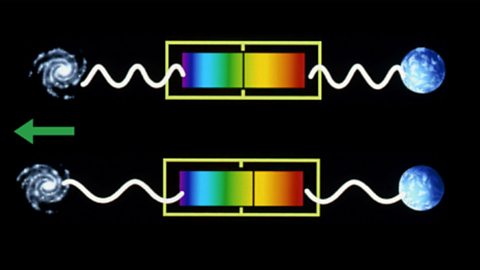
Particles and waves
Forces on charged particles
Electric and magnetic fields both exert forces on charged particles. The motion of charged particles in these fields can be determined and used in particle accelerators.

The Standard Model
Orders or magnitude allow physicists to compare very large and very small distances. The range of subatomic particles and fundamental forces are the cutting edge of modern physics.

Nuclear reactions
Alpha decay involves the release of a helium nucleus. Beta decay involves the release of an electron. Both result in a mass defect and the release of energy, both of which can be calculated.

Inverse square law
Irradiance of electromagnetic radiation from a point source of radiation decreases with distance from the source and obeys the inverse square law.
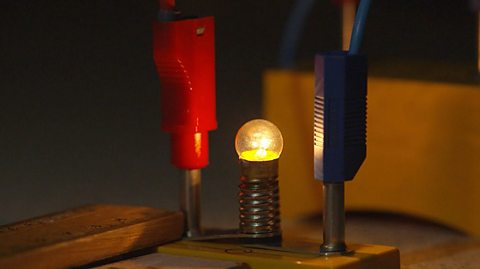
Wave particle duality
The photoelectric effect shows that light is made up of individual photons. Photoemissions will take place if photons have a high enough frequency and have enough energy.
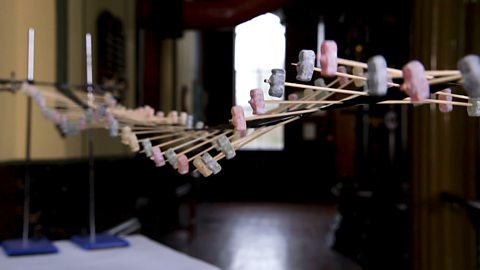
Interference
Constructive and destructive interference can be explained in terms of phase and path difference. Interference patterns can be calculated using wavelength, grating spacing and angle of maxima.

Spectra
All elements either emit or absorb certain frequencies of light. Evidence from atomic line spectra supports the Bohr model of the atom using photon frequency calculations.

Refraction of light
The speed of light changes as it moves between media. This causes refraction. Angles of refraction can be calculated using known speeds or wavelengths. Beyond the critical angle, light is reflected.
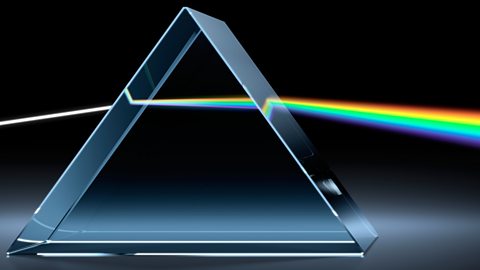
Exam and assignment
Assignment guidance
The Higher Physics Assignment is made up of Research and Report. You must either carry out two experiments, or carry out an experiment and relate it to relevant data from another source. Your report should clearly show your understanding of the underlying physics involved.

Exam skills
The Higher Physics exam is made up of two question papers. Paper 1 is a multiple choice paper. Paper 2 is made up of questions with several parts that need written answers.

Links
- External linkExternal link
- External linkExternal link
- External linkExternal link
- External linkExternal link